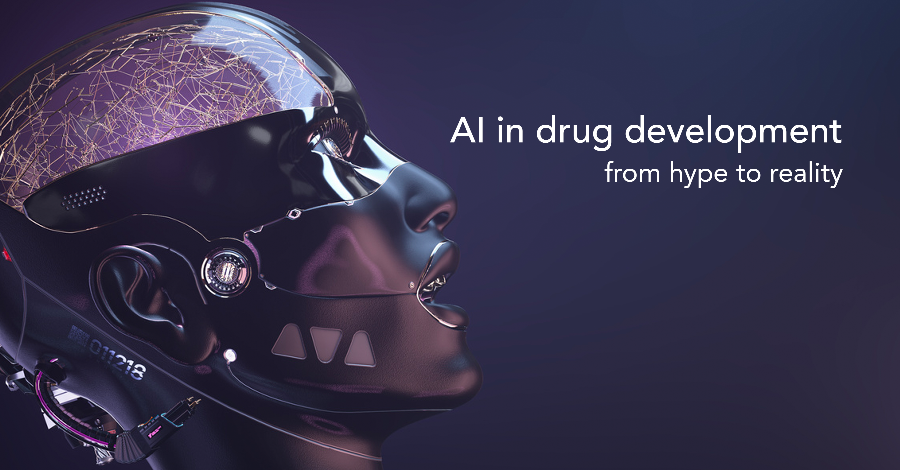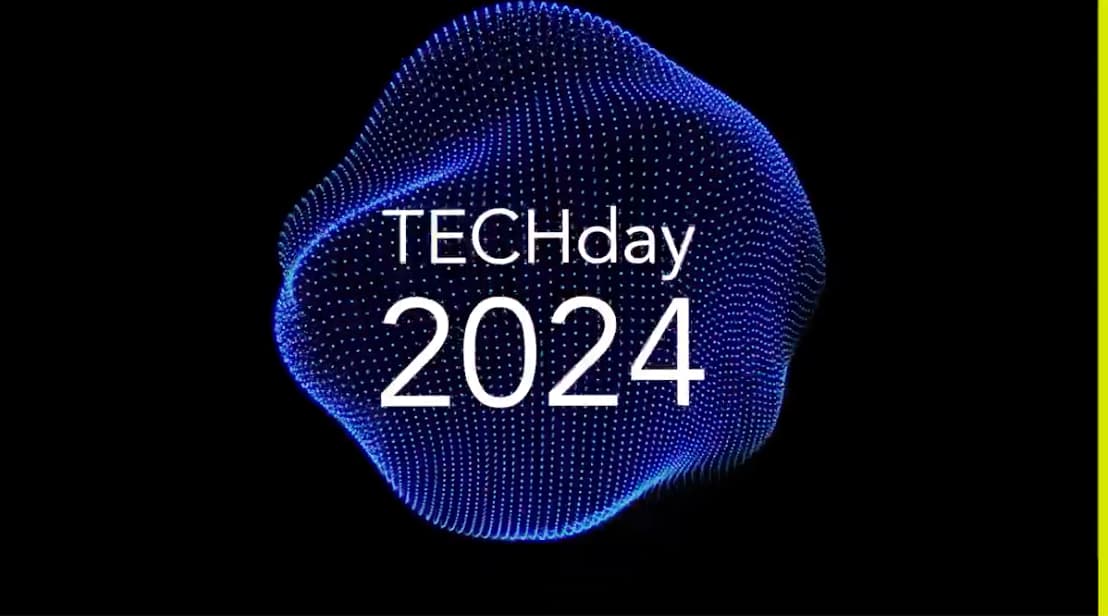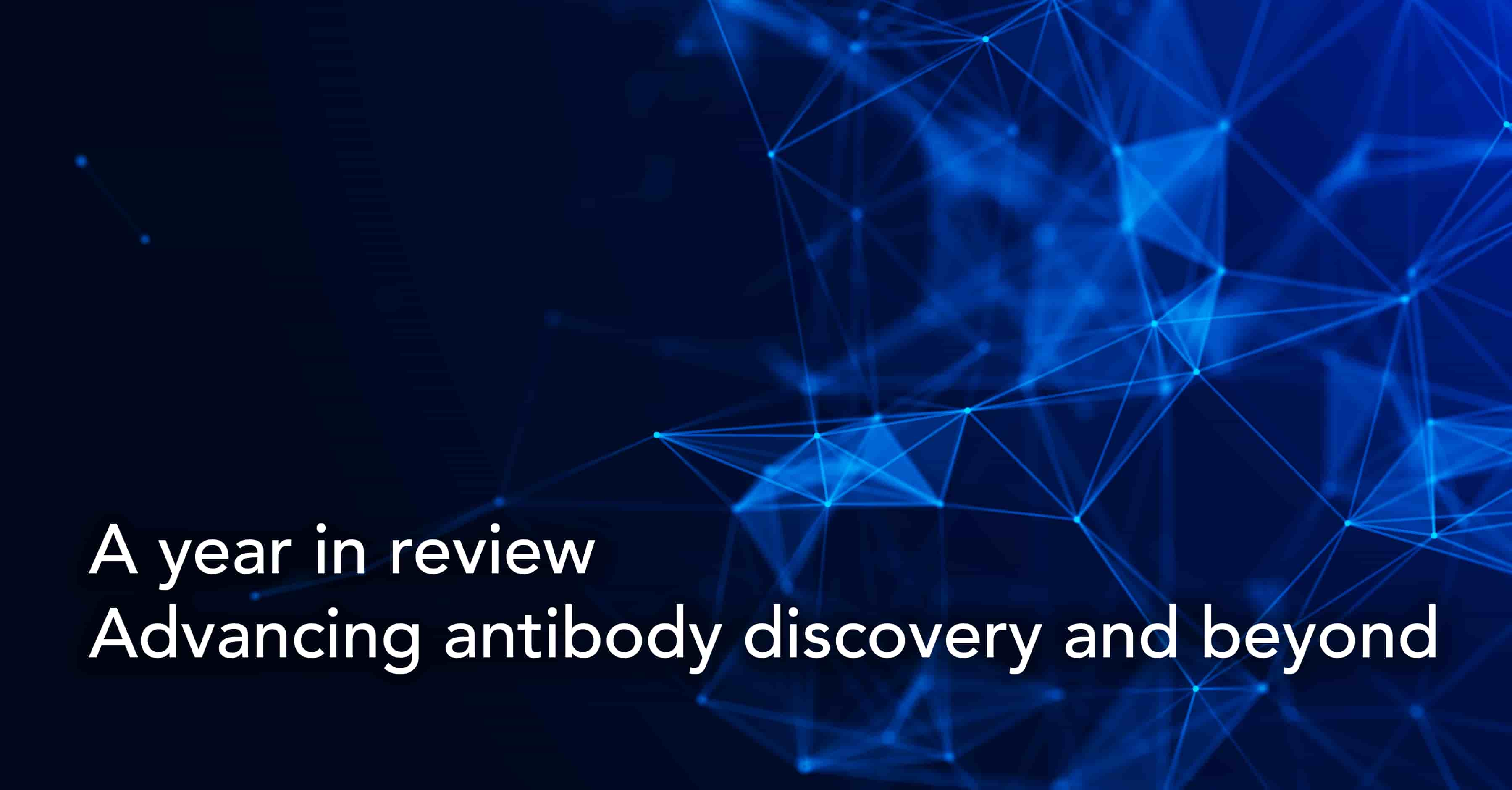AI in drug development - from hype to reality

Back in 1981, a Discovery magazine article called Designing Drugs With Computers detailed a revolution in molecular mapping as sophisticated computer systems displaced ‘unwieldy wire-and-ball molecular models’ in the complex task of.
The advent of CADD (computer-aided drug discovery), it was envisioned, would bring about tremendous savings in money and man-hours.
More importantly, it would rejuvenate a notoriously under-productive and inefficient R&D process where only one out of every 8,000 screened compounds ever made it to market.
Forty years later, CADD has become an essential part of drug research today, helping streamline the identification and flow of hit compounds across the drug discovery pipeline. In recent times, it has played a critical role in expediting the drug discovery and development process during the pandemic.
Today, biopharmaceutical R&D investments and productivity continue at a record-breaking pace. As a percentage of revenue, the industry is one of the biggest spenders on R&D, second only to the semiconductor industry.
In 2021, new drug approvals and launches accelerated, the launch of novel active substances doubled compared to five years ago, clinical trials were up 14% and the number of products in active development grew 68% compared to 2016.
Yet, this impressive performance is undermined by decades-old challenges that still hamper R&D productivity in drug development.
The average cost of developing a new drug is estimated between $1-2 billion. On average, only one to two of every 10,000 substances will successfully pass all stages of development. Drug candidates in phase I clinical trials have a failure rate of 90 per cent, with that figure increasing significantly if preclinical-stage drug candidates are counted.
A mere 12 per cent of drugs entering clinical trials are eventually approved for commercial launch. And the average time-to-market for a new drug is 12-13 years.
So the burning question is, can AI trigger the next cycle of CADD innovation and help address the cost, efficiency and productivity challenges facing drug discovery and development?
The hype cycle in drug discovery & development
The first step towards answering the question would be to take a look at how historic hype events have impacted drug development in the past.
Despite the peak of hype for CADD in the 80s, some analysts believe that it took 20 years for the technology to yield true user benefits. Similarly, in the late 90s, it was predicted that the Human Genome Project would transform drug discovery. And yet two decades later, the impact on new drug development has been limited.
In both instances, it has been suggested that “overripe” and “oversold” claims have been at least partially responsible for the inability to translate into reality. As a result, there is an emerging view that AI in drug discovery is increasingly over-advertised.
And there seems to be some support for this perspective even among executives in the life sciences industry. A 2021 study found that even though an overwhelming majority (93%) of life sciences executives believed that AI had significant efficiency benefits, a comparable proportion (72%) was still concerned that it may be more hype than reality.
AI in drug discovery
Even historically, the need for state-of-the-art technology in the drug discovery process has been underscored by the complexity of even fundamental tasks such as property prediction, synthesis design, or structure elucidation. It’s therefore little surprise that AI has been used in drug discovery since the 1960s.
Over the years, technological, and scientific, innovations have played a central role in the development of drug design as a modern and advanced approach to drug discovery. The current focus on AI, therefore, is essentially a renaissance catalyzed by factors such as the availability of more data, more computing power and more sophisticated data analytics frameworks.
In fact, the increasing utilization of AI in various phases of drug discovery is expected to accelerate the growth of the global CADD industry and create new opportunities for AI-CADD integration.
More importantly, it has been conceptually established that AI can drastically decrease a multi-year drug discovery process to mere months and reduce the number of compounds to be synthesized for testing, thereby addressing the two core issues of cycle time and cost that have plagued pharma R&D for decades.
Despite hyped claims that AI can solve all the issues of drug discovery, target discovery, and development, the value of the technology and the opportunity for significant gains in efficiency and success rate have been clearly established.
AI is expected to trend as the most disruptive technology in the pharmaceutical sector in 2022. In a 2021 study of global healthcare industry professionals, nearly 25% believed that AI will play a major role in optimizing pharmaceutical drug discovery and development process, 23% already using it to enhance drug discovery and development process and 28% expected to do so over the next two years.
Therefore, hype or otherwise, AI has already become a core component of drug discovery and development.
The state of AI in drug discovery
Late last year, there was a landmark event for AI-powered drug design with the world’s first Phase 1 clinical trial for a drug developed from scratch using AI. Though the key milestone of an approved drug discovered and developed by AI is still in the future, Big Pharma is all set to go big on AI, prioritizing it as a top investment across the value chain.
Major drug companies are using a combination of in-house technology development and partnerships with AI specialists to achieve end-to-end AI coverage for drug development, from identifying disease-causing proteins to clinical trials.
Big Tech is making moves in the pharmaceutical industry, with early signs emerging of a culture of collaboration between Big Pharma and Big Tech, with technology to streamline drug development pipelines.
In terms of investments in AI drug development, though the number of funding rounds has been on a decline since 2018, the total annual investment value set new records in 2020. In the first half of 2021, the sector took in investments of $2.1 billion representing over 70% of the previous year's total.
However, the sector is not without its challenges, the top three being shortage of AI talent, data quality issues and legal, ethical and regulatory concerns. Nonetheless, the sector seems to have achieved sufficient escape velocity to break through some of the concerns surrounding the value of AI in drug discovery.
In our next article on this topic, we’ll take a look at potential AI applications across the drug development pipeline and how AI techniques like NLP can unlock new value in drug design.
Subscribe to our Blog and get new articles right after publication into your inbox.
Subscribe to our blog:






